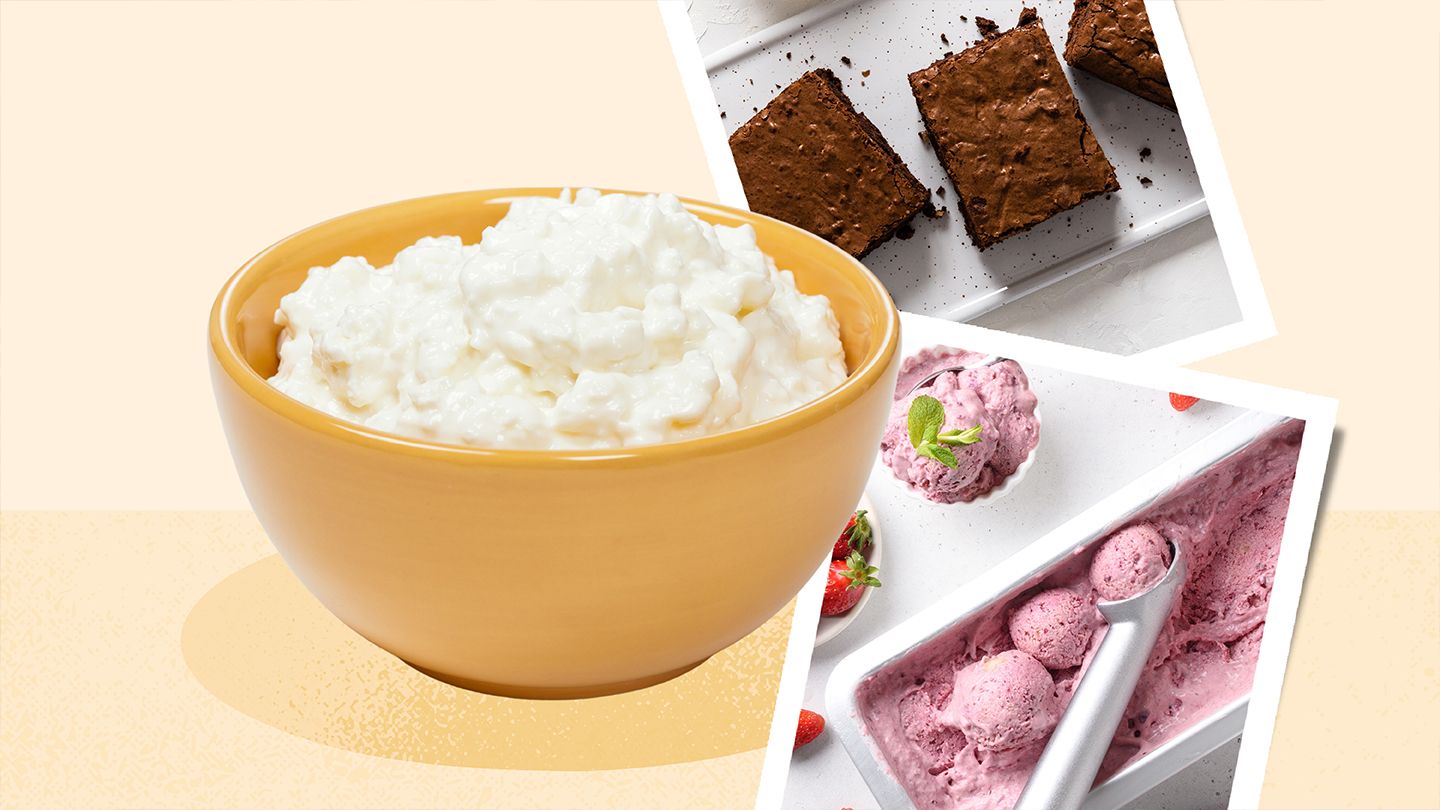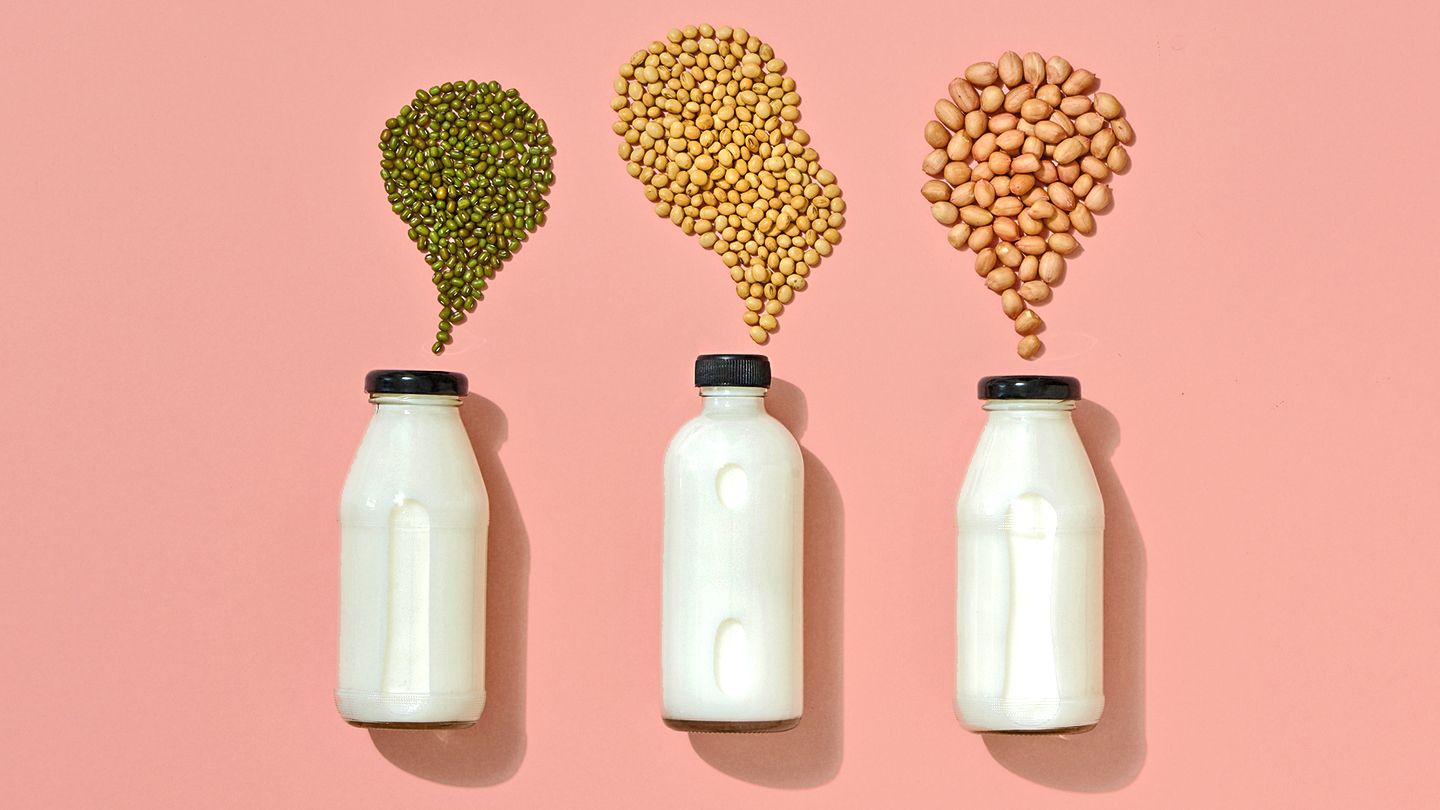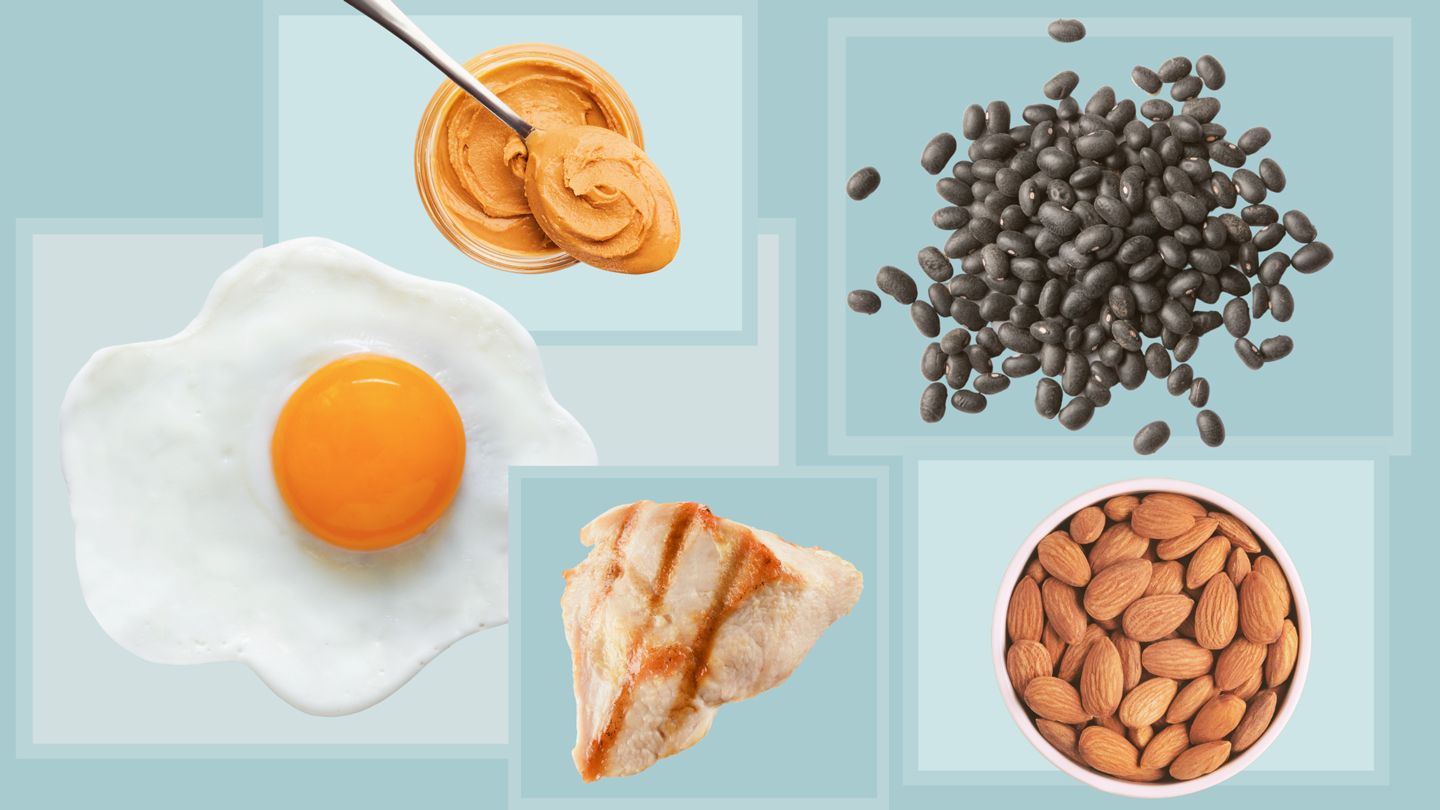What is Lactose Intolerance?
Lactose intolerance refers to the inability to fully digest lactose due to a deficiency of lactase enzymes in the digestive system. Lactase is needed to properly breakdown lactose into its simpler forms, glucose and galactose, which can then be absorbed into the bloodstream. Without sufficient lactase, undigested lactose travels through the intestines drawing water into the gastrointestinal tract via osmosis. This leads to the common gastrointestinal symptoms associated with lactose intolerance.
It's estimated that 65% of the global population has some degree of lactose malabsorption resulting in lactose intolerance. The condition is particularly prevalent in East Asian populations, affecting around 90% of adults. Lactose intolerance can develop at any age, though most commonly appears in adulthood. Primary lactose intolerance stemming from reduced lactase production after infancy is the most common cause.
Lactose Content in Ice Cream
The amount of lactose in ice cream can vary based on factors like the ingredients and manufacturing process. On average, a 1/2 cup serving of regular ice cream contains about 6-7 grams of lactose. Flavored varieties like chocolate or vanilla tend to be on the lower end, while premium ice creams are often higher in lactose content.
For comparison, the same serving size of whole milk contains about 5 grams of lactose. So ice cream is comparable to milk when it comes to lactose content. The high fat and sugar content of ice cream can also delay stomach emptying, drawing out the symptoms of lactose intolerance.
Lactose Thresholds
The amount of lactose a lactose intolerant person can tolerate without experiencing symptoms varies from person to person. Some can enjoy small servings of lower lactose dairy like hard aged cheeses or yogurt without issue. Others are highly sensitive, developing symptoms with just a few grams of lactose.
As a general guideline, people with lactose intolerance can often tolerate up to 12 grams of lactose in a single serving. Consuming this amount with a meal can help. Spreading lactose intake throughout the day in smaller amounts is also beneficial for many.
What is Lactaid Ice Cream?
Lactaid is a brand name for lactose-free dairy products, including lactose-free ice cream. Lactaid ice creams are made using a dairy base that has had the lactose enzyme (lactase) added during processing. This added lactase breaks down the lactose into glucose and galactose before it reaches the consumer.
The result is an ice cream that is over 99% lactose-free. This allows those with lactose intolerance to enjoy creamy ice cream without the unwanted symptoms. Lactaid offers a range of lactose-free ice cream flavors like vanilla, chocolate, and cookies and cream. Their products are available at most major grocery stores.
Benefits of Lactaid Ice Cream
For the lactose intolerant ice cream lover, the benefits of Lactaid ice cream include:
- No lactose content to trigger intolerance symptoms
- Provides the same creamy, rich taste of regular ice cream
- Widely available at grocery stores across the country
- Comes in an assortment of flavors to satisfy every craving
- Nutritionally similar to regular ice cream, but lactose-free
Is Lactaid Ice Cream Healthy?
When it comes to nutrition and health impacts, Lactaid ice cream is comparable to regular ice cream, aside from the lactose component. Here is how Lactaid ice cream stacks up nutritionally:
Calories and Fat
A 1/2 cup serving of Lactaid vanilla ice cream contains about 140 calories and 7g of fat. For comparison, the same serving of regular vanilla ice cream has about the same calorie and fat profile. So like regular varieties, Lactaid ice cream should still be enjoyed in moderation as part of a balanced diet.
Protein
Lactaid ice cream provides a good amount of protein thanks to being made from dairy. A 1/2 cup serving contains about 3-4g of protein. This can help support satiety and muscle health when consumed as a more balanced part of your diet.
Sugar Content
The main health concern with ice cream is its high sugar content. Lactaid ice creams contain similar amounts of added sugars as regular ice cream at around 20-25g per serving. This accounts for a substantial portion of the recommended daily limit on added sugars.
Nutrients
Lastly, being made from dairy ingredients, Lactaid ice cream also provides nutrients like calcium, vitamin D, and phosphorus. However, it's certainly not the most nutritious dessert choice out there.
Lactaid Ice Cream and Weight Loss
Overall, Lactaid ice cream can absolutely be part of a healthy diet for those managing lactose intolerance when portion sizes are controlled. However, it is still a treat that should be enjoyed in moderation. Those looking to lose weight would be better served focusing the majority of their diet on more nutritious, lower calorie foods.
Other Lactose-Free Ice Cream Options
In addition to Lactaid, there are now many other brands producing lactose-free ice cream products. Here are some other widely available options:
Breyers Lactose Free
Breyers offers a line of lactose-free ice creams in flavors like vanilla, chocolate, and cookies and cream. They use a similar lactase enzyme process to create dairy-based ice cream with only about 5mg of lactose per serving.
So Delicious Dairy Free
So Delicious offers a wide range of truly dairy-free ice cream alternatives made from bases like coconut milk, almond milk, or cashew milk. Their desserts are dairy-free, lactose-free, and often vegan as well.
Halo Top Lactose Free
Halo Top has a lactose-free line of light ice creams available in gluten-free and keto-friendly options. At just 280-360 calories per pint, they are a lower calorie choice.
Arctic Zero Lactose Free
Arctic Zero creates lactose-free ice creams and non-dairy frozen desserts with a soft serve-like texture. Their pints are only 150-200 calories for the whole pint.
NadaMoo Dairy Free
NadaMoo makes creamy dairy-free, lactose-free ice creams from coconut milk and other plant-based ingredients. They are also certified gluten-free and non-GMO.
Tips for Incorporating Ice Cream Into a Lactose Intolerance Diet
Here are some tips for enjoying ice cream if you are lactose intolerant:
Stick to Low-Lactose Varieties
Choose ice creams labeled as lactose-free or low in lactose. Dairy-free options can work too if you are highly sensitive.
Watch Portion Sizes
Check labels and stick to suggested serving sizes to keep calories and fat in check.
Consume With Other Foods
Pair ice cream with a meal or substantial snack to help slow digestion
FAQs
What exactly is lactose intolerance?
Lactose intolerance is the inability to fully digest the milk sugar lactose due to insufficient lactase enzymes. This leads to gastrointestinal symptoms when lactose is consumed.
Is all dairy off limits with lactose intolerance?
Not necessarily. Many people with lactose intolerance can tolerate small amounts of lactose, especially when consumed with other foods. Lower lactose dairy products like aged cheese and yogurt may also be tolerated.
Do lactose-free ice creams taste different?
Lactose-free ice creams like Lactaid generally taste very similar to regular ice cream. The lactose is broken down before it reaches your bowl.
Can I lose weight eating ice cream if I manage portions?
Yes, enjoying ice cream in moderation as part of an overall healthy diet can still allow for weight loss. Just be mindful of portion sizes and nutritional content.
Disclaimer: This article is for informational purposes only and does not constitute medical advice. Always consult with a healthcare professional before starting any new treatment regimen.
Related Coverage
This complete guide covers the best milk, cheese, cream, yogurt, butter and ice cream substitutes to manage lactose intolerance through a dairy-free diet....
For those avoiding dairy, delicious plant-based alternatives abound. Learn about nutritious and tasty soy, nut and coconut milks, cheeses, yogurts, ice creams....
The latest statistics on the UK construction industry show growth overall but ongoing challenges with skills shortages and rising costs. The sector grew by 2.8%....
Learn about the lactose content in different types of goat cheese and goat milk. Get tips for including goat cheese in a low-lactose or lactose-free diet....
Goat cheese contains less lactose than regular cow's milk cheese, but isn't fully lactose-free. However, well-aged hard goat cheese contains almost no lactose....
If you have lactose intolerance, eliminating dairy can lead to nutritional gaps. Learn about the best milk substitutes, supplements to fill shortfalls, and how to eat dairy-free....
Find the top lactose-free protein foods including tofu, beans, nuts, seeds, eggs and dairy-free protein powders to add to your low lactose diet....
Take this lactose intolerance quiz to help determine if you have difficulty digesting dairy. Learn about the common symptoms, causes, diagnosis and treatment options....
Learn how lactose free and dairy free diets differ for managing lactose intolerance and milk allergies. Understand label reading tips and substitution options....
Lactaid and other lactose-free ice creams allow those with lactose intolerance to enjoy a creamy treat. Learn how Lactaid ice cream differs nutritionally and get tips for incorporating into an intolerance diet....








